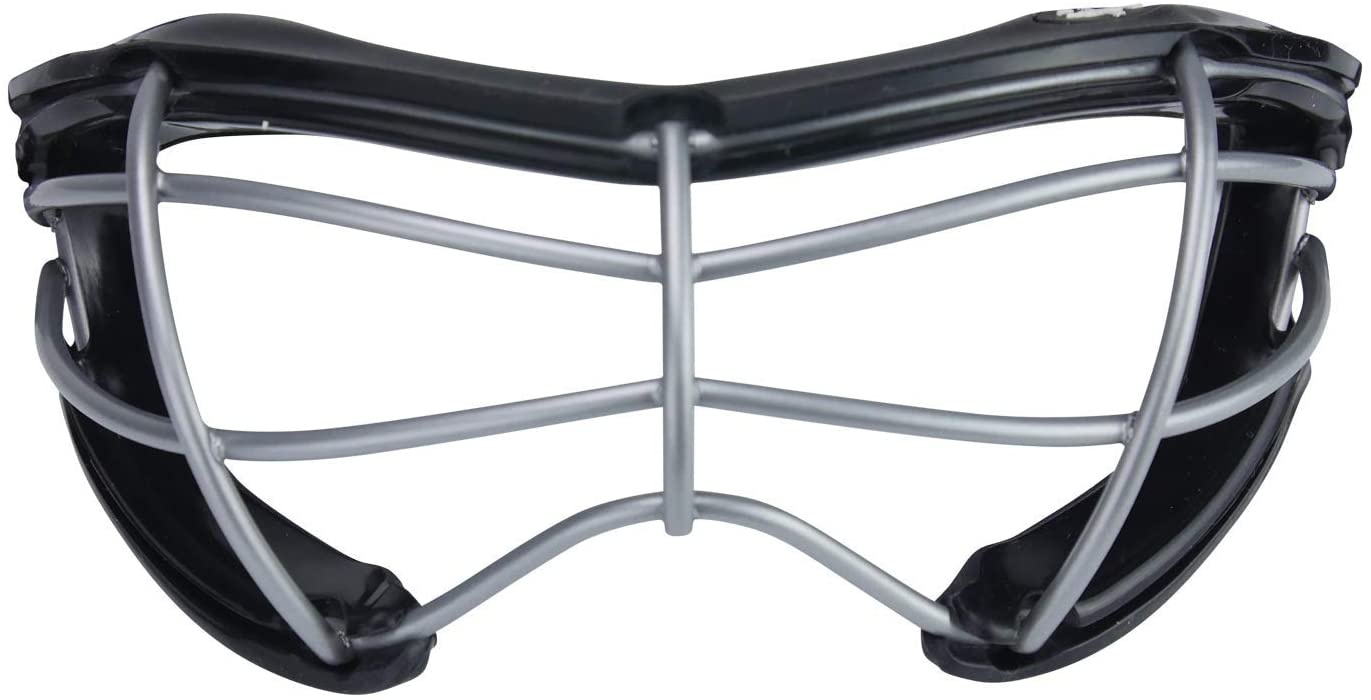

In the early 1900’s, players began taking protective gear more serious but for the most part, players had to take matters into their own hands. He used cricket pads for protection and the added confidence helped him shut out the Montreal Victorias 2-0. The first leg pads, for instance, were worn by Winnipeg Victorias goaltender George Merritt in the 1896 Stanley Cup challenge game. The first piece of protective gear that players started wearing was make-shift shinguards in the 1880’s using strips of leather reinforced with cane or wood.Įven goaltenders, who are exposed to some of the greatest dangers with high speed shots being fired at them did not have much gear that protected them from physical injury. With regards to protective gear, players did not wear anything of significance to protect themselves from the physical dangers of the sport. For example, instead of skates players attached blades to the bottom of their boots, sticks were made out of a single piece of wood and pucks were made out of wood or out of rubber balls which had the top and bottom cut off to give it a flat surface. Hockey gear in the early days of the sport was vastly different from what we see today. This article will explore the evolution of hockey gear from the early days of the sport to the advanced equipment that players wear today. Modern day hockey players have highly sophisticated equipment which has been designed to offer maximum protection to the players, while also being flexible and light weight to give them optimal comfort. The clothing that they wore was more to protect them from the cold than anything else. The first ever recorded indoor ice hockey game took place on Maat the Victoria Skating Rink in Montreal, but it was much different than modern day hockey in that each team had 9 players and it was played with a wooden puck.Īside from skates and a stick, the remainder of the equipment that we see today was non-existent. Ice hockey is a fast paced, high contact sport, which has been around since the late 19th century.


 0 kommentar(er)
0 kommentar(er)
